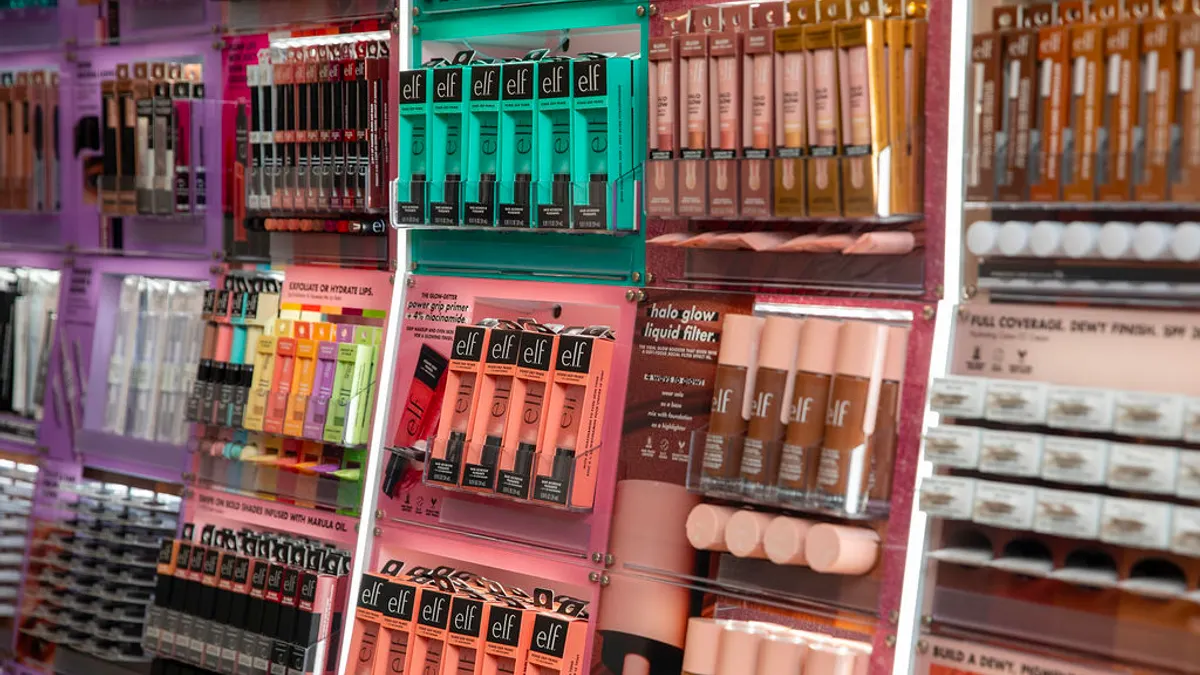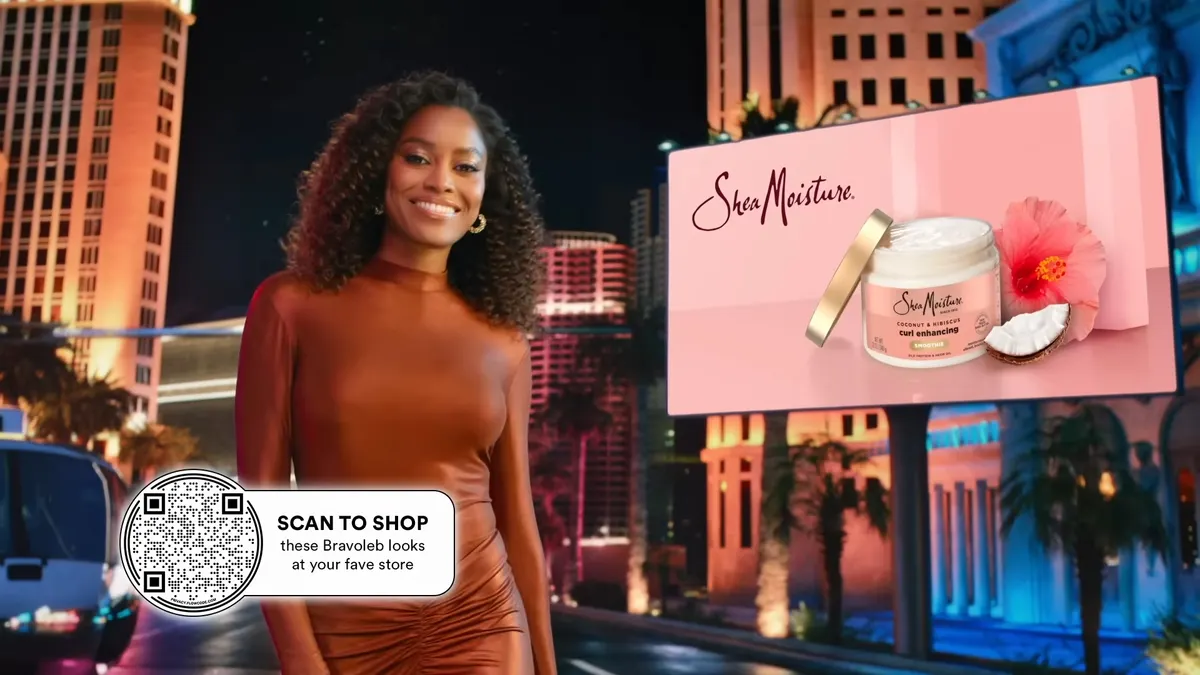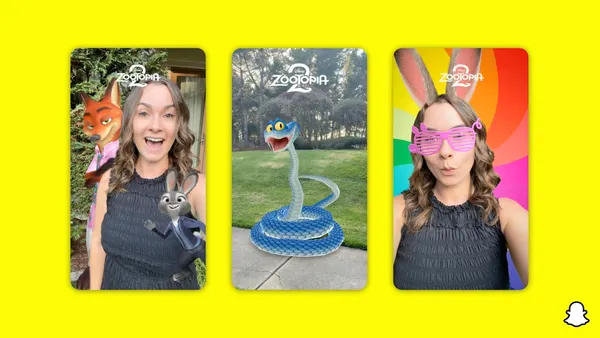Email should never be too far from top-of-mind for any marketer and it is a key element in today's mobile-first world.
And even recent research, such as Yesmail’s Q4 Email Marketing Compass report, found that younger generations are on the vanguard of the mobile-first marketing reality and that yes, Gen Z and Millennials still use email for e-commerce and marketing communications. Getting email into people's inbox with solid deliverability strategies is vital.
Marie Homne, senior marketing strategist at Yesmail, previously told Marketing Dive, “Email has adjusted and adapted to the mobile presence and remains a flexible channel. It can stand on its own, or support other channels – digital and print – very well. Email remains a strong and viable channel through which we interact with all generations. Wherever the consumer goes with their mobile device, email will be right there with them.”
Email on Acid, a company that offers email testing, troubleshooting, analytics and tracking tools, recently released its 2016 Email Marketing Insights Study that covered a range of trending topics in email right now.
Some of the key findings from the report include:
- 71.8% of companies plan on spending more time on email production, and 86.7% report increasing marketing budgets;
- 23.5% report sending an average of more than one email a day in 2016;
- 69.1% of marketers will spend between one and five hours to develop a typical email campaign;
- 30.6% expect to spend an additional 20-plus hours per month on email marketing;
- And 33.3% see strategy development as having the biggest impact on their email marketing program in 2016.
John Thies, the company's co-founder and CEO, told Marketing Dive one important aspect about the findings is that they show email marketing is far from a dead channel.
"There has been a lot of talk about how email is dead and that social media is now the go-to channel for marketers. That is simply not true. Marketers are planning on investing more time, money and effort in email marketing and will continue using it as their primary communication channel," Thies said.
Developing an email strategy
The Email on Acid report had a third of respondents who said strategy development had the most impact on their email marketing. For Thies, improving that aspect of email programs begins with workflow. And there are numerous steps in the email development process where workflow can be improved, he said, citing initial design concepts through testing email across different email clients and mobile devices.
“One way to help this process is to start with a template,” he said. “There are a ton of sites out there, including Email on Acid, that offer free email templates. Why reinvent the wheel? These are a great starting point because the email template is already responsive for mobile and have been thoroughly tested to make sure they render properly in every email client. The only thing left to do is change the text and graphics.”
Thies also pointed out the importance of personalization as part of email strategy to provide contextual relevance to email campaigns. What is important is for marketers to get beyond using first names to merge tags with their ESP (email service provider), and to personalize the recipient’s experience with dynamically changing messages, creative elements and making use of geo-targeting.
For example, Thies said, athletic shoe company Brooks has used dynamic content within their email that changes based on the email subscriber's current weather conditions.
"When I checked my email before heading into the office it was raining and the email was promoting rain gear. As I was driving into the office the weather turned for the worse and started to snow. When I opened the email again the promotion changed from offering me rain related items to offering winter apparel," he said. "Completely relevant to my current situation."
A peek under the email hood
Coding and developing email can be a challenge because every email client displays email differently and most don’t support common HTML or CSS, Thies pointed out. Getting email to display properly in Outlook, Yahoo and Gmail is a skill that takes hours of hands-on practice to acquire.
Larger companies will likely have internal teams dedicated to email development or outsource the task to a third-party vendor. Meanwhile, Thies explains smaller companies won’t have those dedicated internal resources and typically hire independent email developers on a contract basis.
Out of the report’s findings one stat that stood out to Thies was the fact that about 15% of email marketers, developers and designers are still not using responsive or fluid hybrid templates. "While this number may not seem enormous, I would have expected this number to be a lot lower given the dramatic increase in mobile usage and mobile design buzz over the past couple of years," he said.
For email design, responsive design that makes sure email looks good on different sized screens is important and “fluid hybrid design” is a growing trend to achieve that goal.
"Fluid-hybrid design is a way to build an email that doesn’t use CSS media queries, which is the main technique to create ‘responsiveness,’ to scale the content on a mobile device," Thies said. "It’s built in a way that the design automatically adjusts to the environment in which it’s viewed, whether that be on a desktop, phone or tablet."
Does fluid-hybrid completely replace the responsive design concept? Absolutely not, Thies says.
It depends on the context and messaging of the email. For instance, fluid-hybrid is generally lends itself better for simpler, less complex designs in which dramatic layout changes aren't needed, such as for mobile devices. Thies also brought up the concept of "progressive enhancement" in which designers use media queries with the fluid-hybrid model to give different experience for clients that support it. One example of this might be using a media query to add an animated background to emails viewed on iOS devices, he explained.
What Thies says is crucial for marketers to not forget is that technology fully overlaps every aspect of email design. As email tech gets smarter, he says it'll only make email an even more viable and necessary marketing channel.
"Email isn’t going anywhere," he said.





















